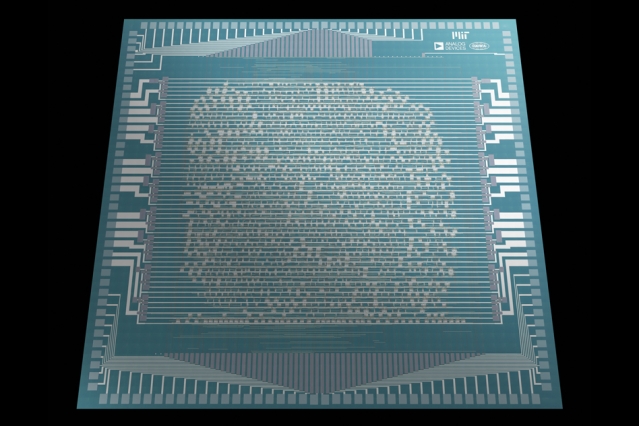16-bit RISC-V processor made with carbon nanotubes

The RV16X-NANO. (credit: MIT)
Our ability to continuously shrink the features of our silicon-based processors appears to be a thing of the past, which has materials scientists considering ways to move beyond silicon. The top candidate is the carbon nanotube, which naturally comes in semiconducting forms, has fantastic electrical properties, and is extremely small. Unfortunately, it has proven extremely hard to grow the nanotubes where they're needed and just as difficult to manipulate them to place them in the right location. There has been some progress in working around these challenges, but the results have typically been shown in rather limited demonstrations.
Now, researchers have used carbon nanotubes to make a general purpose, RISC-V-compliant processor that handles 32-bit instructions and does 16-bit memory addressing. Performance is nothing to write home about, but the processor successfully executed a variation of the traditional programming demo, "Hello world!" It's an impressive bit of work, but not all of the researchers' solutions are likely to lead to high-performance processors.
We can work around thatThere are many problems with carbon nanotubes. To begin with, while nanotubes naturally come in a semiconducting form, they're produced as a mixture of that process and the use of metallic nanotubes. While it's possible to purify the semiconducting versions, purity levels tend to plateau in the neighborhood of 99.9% purity. That's great for many situations, but when a processor will have millions of nanotubes, it's obviously not going to cut it. Nanotubes don't naturally form p- or n-type semiconductors (partial to conveying positive or negative charges, respectively). In silicon, these properties are driven by the addition of small amounts of an additional element, a process called doping. But nanotubes are so small that they're extremely difficult to dope.
Read 17 remaining paragraphs | Comments